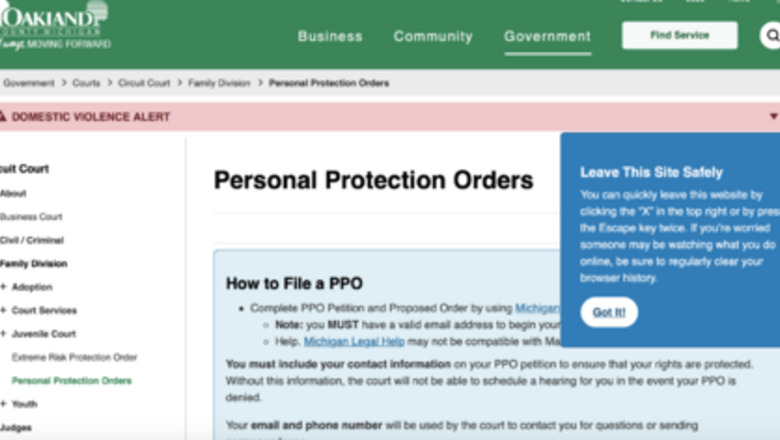
views
Make a list of the instances of abuse, harassment, or stalking. The PPO office will require at least two recent instances to consider for the PPO order. Think of situations that have caused distress, fear, or other forms of abuse. Examples: Verbal threats to cause injury or harm Continuous contact even after asking to stop Physical altercations causing fear, or actual injury/harm Text messages, video, voicemails can be used for evidence but not always necessary
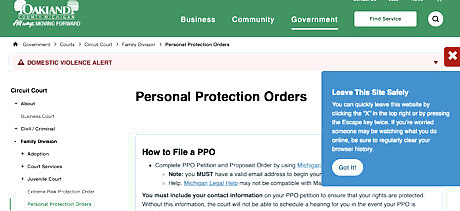
Locate the proper forms or use an online tool to draft the required paperwork. Forms can be found on the County’s website along with instructions, guides, and contact information for legal help to complete the forms. Some jurisdictions provide online tools that can guide and file out the required information. It is advised to complete the forms in private, however, the website may include an option to close the window (big red X) in case the petitioner is interrupted. Example: Oakland County - searching for “PPO” on the county website will provide a list of common PPO petitions and explain which one is applicable. Through the Oakland County website, links are also provided to Michigan Legal Help which offers an online tool to complete the forms.

Complete a Request for Next of Friend. If helping a minor, under 18 years of age, the adult needs to complete a Next of Friend Request form and provide contact information, and outline the relationship to the petitioner.
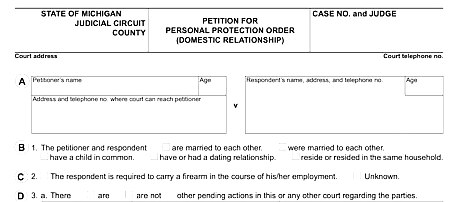
Fill out the forms starting with the PPO Petition/Order. Domestic / Non-domestic PPO’s require similar information. Input the Petitioner (yourself) and the Respondent (offender) information into the appropriate contact boxes. If a Next of Friend is helping to complete the forms on the petitioner’s behalf, their contact information will be listed first followed by “NFF” (e.g. John Doe NFF). If you would like to keep your contact information private, write “Confidential” where applicable for the petitioner contact information. Fill in the Court information, the Case and Judge information will be added by the court. Fill out the remainder of the form marking the boxes that are being petitioned to the court. Mark “Ex Parte” if requesting a decision without a hearing. Within the same document on the PPO Order page, fill in the same information, this time leaving the boxes blank as the court will decide what is granted. The form includes a “Proof of Service” page, this can be ignored at this time. Sign and date where applicable.

Fill out the Addendum to the PPO. This form outlines the possible threats, abuse, or interference. Check the appropriate boxes and outline the occurrences. If additional space is needed use another sheet as it can be scanned and attached later. Sign and date the form.
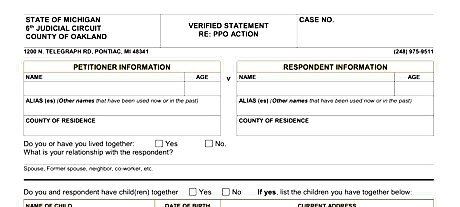
Complete the Verified Statement Form. Fill out the information for the Petitioner and Respondent. The subsequent questions are in regards to the relationship to the Respondent and if any children are involved. If children are part of the relationship, a Custody and Parenting Time for PPO Worksheet will need to be filed. List any previous PPO filings and information regarding the Respondent as it pertains to firearm ownership and involvement with any law enforcement agency. Sign and date the form.
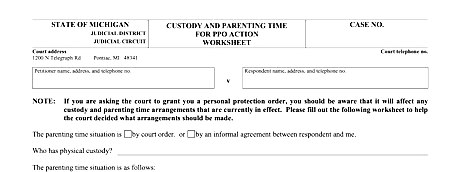
Complete the Parenting Time Worksheet (If Required). This form is used if children are part of the relationship. Specify the current living situation and if there are any Parenting Time Orders in place. If there is no formal or informal parenting time agreement, there is an opportunity to request the court to enforce certain stipulations to visitation.
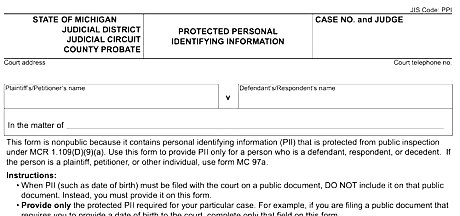
Fill out the PPI Information. This form is filled out by the petitioner, the information that is input into this form is in regards to the personal information of the Respondent. Fill in the information that is known, though some of the sections (financial, social security, etc) do not need to be completed if not know. If similar information of the petitioner needs to be protected, use a similar form (MC 97a) to protect the information of the petitioner.
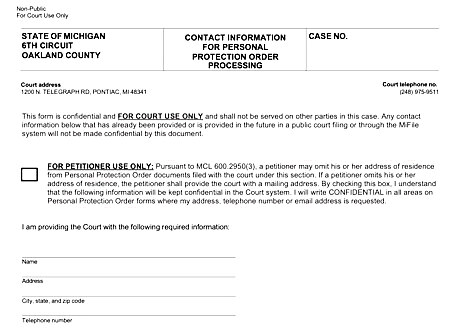
Complete the Contact Information Form. This form provides contact information to the court for the petitioner. This contact information takes place of the “Confidential” notes on the other forms and allow the court to contact using the phone number and email provided. This is non-public information and will only be used by the court for contact purposes.
Attach all relevant evidence. Create a document using a Microsoft Work or similar application and paste in text messages and pictures. If a video or voicemail is needed as part of the evidence, a transcript of the occurrence needs to be provided. This can be done using tools available on the internet that will transcribe audio/video files into text. One can also type out the evidence. Save the actual audio/video files as they can be uploaded to the court (Using MIFile in Michigan) once a case number is assigned.

Review all forms for accuracy. Incomplete forms will be sent back to the petitioner and valuable time can be lost in the process. Ensure all relevant information is filled out and that the forms are signed and dated. If the forms were filled out using a PDF application, an annotation can be added to create a signature. The forms can also be signed by hand once printed and scanned to a computer before filing.
File the PPO Petition and Related Forms. Different jurisdictions may have other means to file the paperwork, check with your local court or Police department to help with the proper contact information. When filing with Oakland County, the forms are emailed to [email protected]. Ensure that the forms are in PDF format, a search online can help with details on scanning and creating the PDF’s of the forms.
Wait for the Court decision. The PPO office will forward the petition to the judge whom will decide whether to issue the PPO Order or deny the request. If approved, a copy will be sent back using the contact information provided by the petitioner. If denied, the petitioner can appeal the decision with forms that will be sent with the denial.
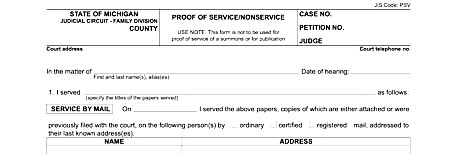
Serve the PPO Order. If approved, the petitioner must serve the PPO Order to the respondent. The server can be a friend or family member of 18 years of age or older that is not part of the order. The petitioner can also ask the PPO office to serve the Order, however there is a fee which varies depending on jurisdiction and distance. A local Police department can also be contacted for assistance. In either case, the order must be served to the respondent personally, take care to ensure safety of the process server, a law enforcement officer may be the safest option when serving a PPO Order. The process server will need to complete a “Proof of Service” form which is then uploaded to the court system.
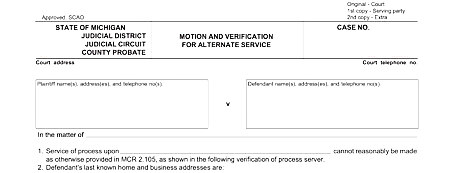
File a motion for Alternative Service. In the event the process server cannot make contact with the respondent, an motion for Alternative Service can be filed with the court. This allows the PPO Order to be served by affixing to the respondents door or by using First Class Certified Mail. Once issued, the process served can use these means to serve the order. A “Proof of Service” form will need to be completed and notarized if the server is not a law enforcement officer. The completed notarized form is then uploaded to the court (e.g. MIFile).
Stay vigilant. The PPO Order gives law enforcement the means to take action if the respondent violates the rights of the petitioner. However, one must stay vigilant, aware of surroundings, and if the PPO is violated, a motion for Show Cause can be filed with the court which will force the respondent to explain their actions to the court which may result in incarceration or further restriction.



















Comments
0 comment